Whether functionally immortal, a bit like a zombie, or just a little weird, here’s a list of five animals eternally in the spooky spirit in no particular order of strangeness.
1- Sea Cucumbers
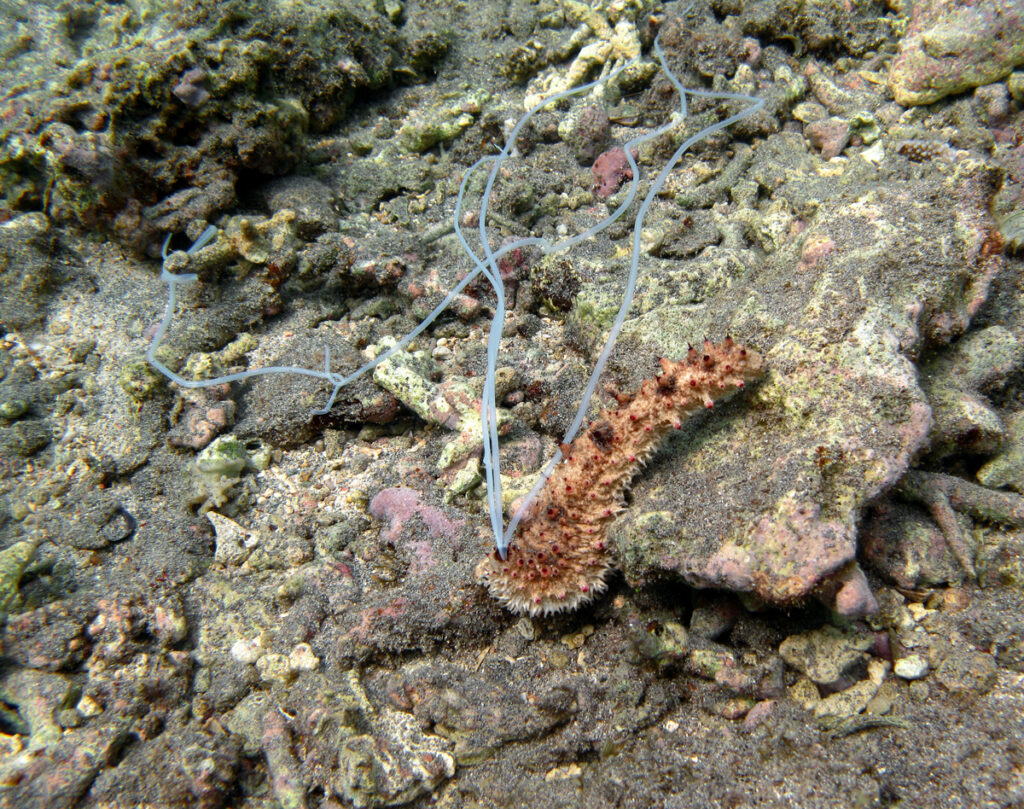
Diving straight into “What on Earth?” territory, the sea cucumber’s defense mechanism could be considered a little gory, a little bit of marine body horror. And frankly, it expels some sticky threads out of its anus to entangle and immobilize predators. That’s its plan when threatened. Shoot sticky threads called Cuvierian tubules out of its butt. But(t) even further, when truly threatened and needing to perform a quick getaway, they’ll eject their insides entirely, the precise term being that they eviscerate. Their gut is released to the water around them and they later are able to regenerate the organs they gave up.
2- Planaria
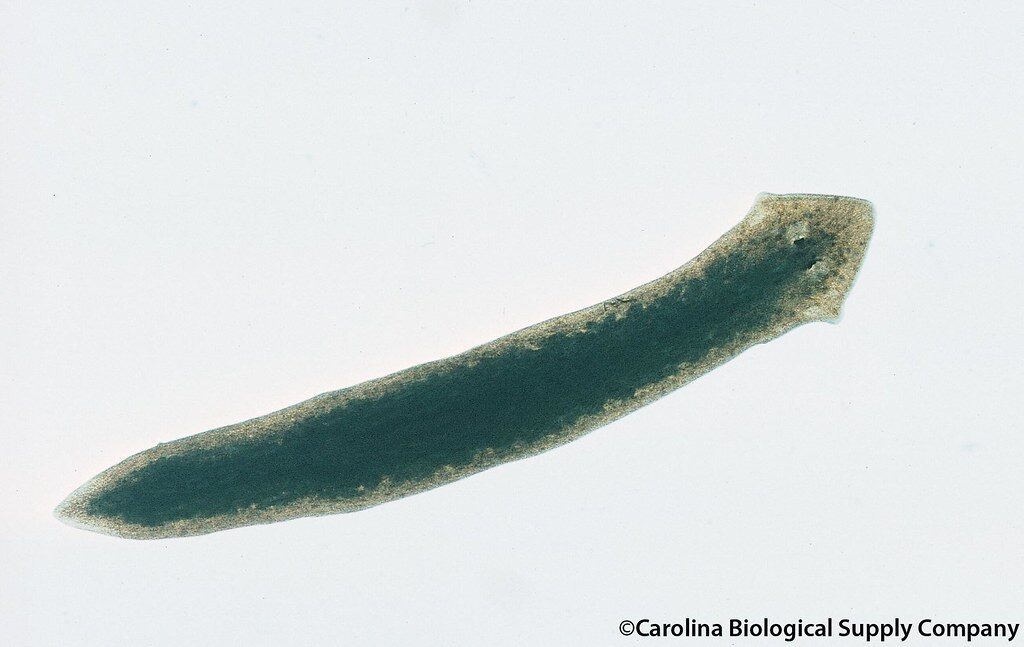
Further along the realm of weird spooky regenerative critters are a familiar creature to those who have gone through an introductory biology course, or have watched this scene of “Twilight” (2008) a few times. Planaria are flatworms, the only cute worms in my opinion, with a ridiculous ability to regrow parts of its body after being cut in a variety of ways. Common experiments for students involve cutting their heads in half to return the next week to a two headed flatworm. Many other types of cuts can be made, even producing multiple individuals from a single Planarian.
3- Lobsters
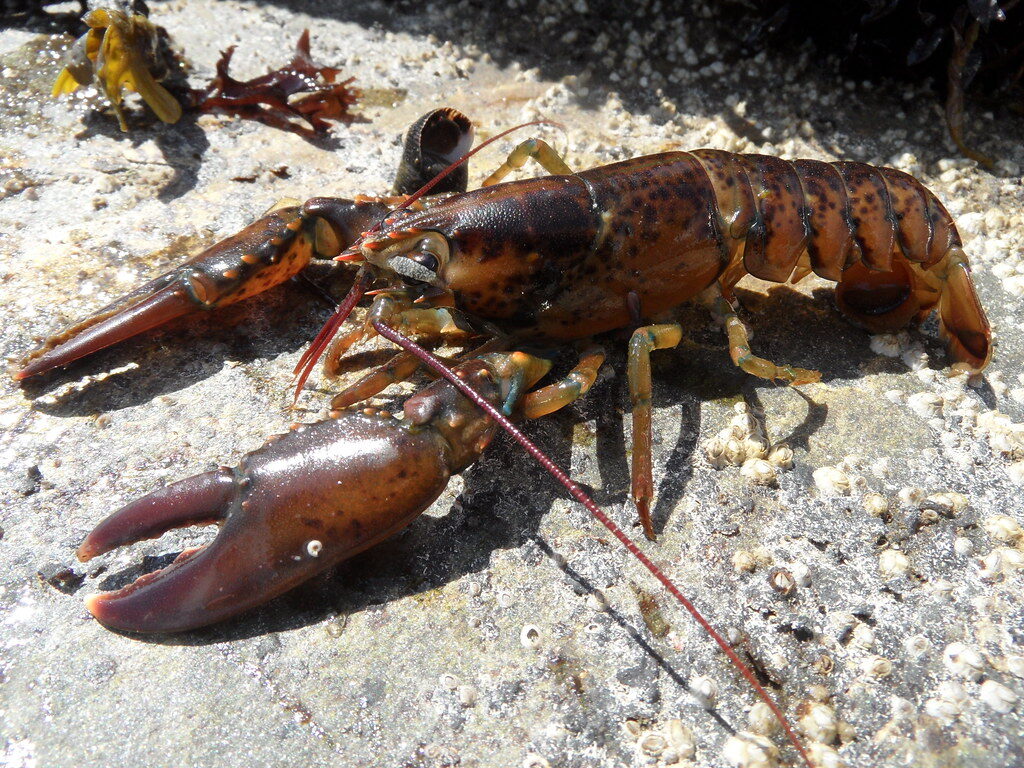
Not necessarily known for full regeneration of limbs — though they are able — lobsters are what we can call functionally immortal. Simply, they can continue to live indefinitely unless killed by an outside source. Telomeres, an end-cap of sorts of DNA, are present in us as well, but in lobsters, they also have an enzyme called telomerase which works to undo the shortening process that occurs in replication of their DNA. With these protecting ends continuously lengthened, their DNA isn’t damaged and they don’t age like many other organisms do. For lobsters, this is a positive, but in humans, telomerase is often active in cancerous cells, allowing them to continuously divide and cause harm.
4- Zombie Ants
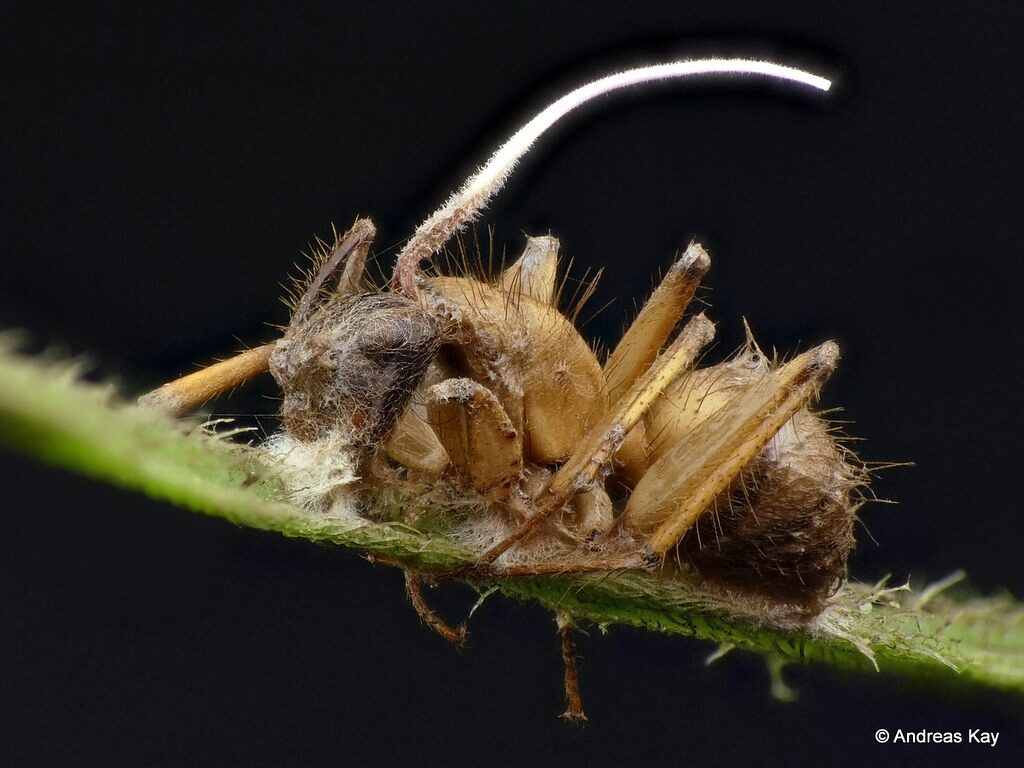
Moving from the undying to the undead, are the well known “zombie ants.” However, it’s not the ant that creeps anyone out -beyond those with a fear of bugs- but instead a parasitic fungi called Ophiocordyceps unilateralis. The fungus changes the behavior of the ant such that they will find high places before the fungus will emerge from the head of the ant and disperse spores over a larger distance from such a height. The only purpose of the fungus, like other parasitic organisms, is to reproduce and continue its lineage, and O. unilateralis definitely does so in a zombie-esque way.
5- The Crab Hacker Barnacle
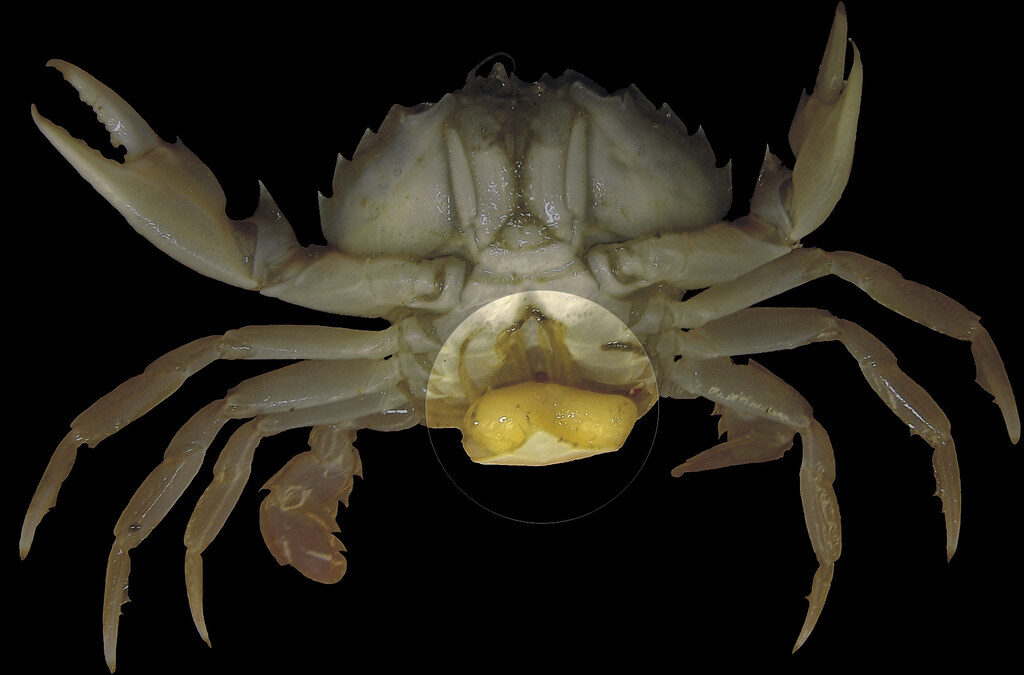
And we finish off with another parasite: a barnacle called Sacculina carcini, sometimes referred to as the “crab hacker barnacle.” The female barnacles will attach themselves to the underside of a crab, growing into the body of the crab to get nutrients. Their attachment prevents moulting and therefore growth of the crab as well. This parasite serves functionally as an egg sack for its own propagation and will cause the crab to go to areas of higher currents where it may be more susceptible to predators, just to increase dispersal of the barnacles larval form. Additionally, if the barnacle lands on a male crab, they end up castrated.
It’s an invasion of the crab snatchers, if you will.
